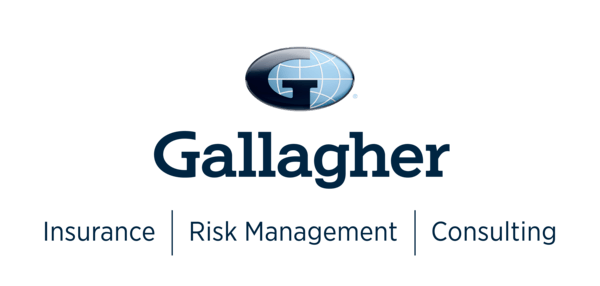Contents
Electrical safety regulations
The Electrical Equipment (Safety) Regulations 2016 commenced on 8 December 20161 and apply to any electrical equipment first placed on the market on or after commencement2.
Any electrical equipment first placed on the market before 8 December 2016 continues to be governed by the The Electrical Equipment (Safety) Regulations 1994.
Although technically it’s the date when the equipment was first marketed that matters, it’s probably easiest for landlords and agents to simply think of the purchase date of the equipment. If it was purchased new on or after 8 December 2016, then the new regulations will apply – otherwise it will be the 1994 regs. Landlords and agents still have similar duties under the old regs, see later for the differences between the two.
Application to landlords and agents
The 2016 regulations apply to both landlords and agents who are known as a distributor3.
Distributor means:
any person in the supply chain, other than the manufacturer or the importer, who makes electrical equipment available on the market
The duties of a landlord and agent (distributor) arise when electrical equipment is made available on the market. Making available on the market means:
any supply of electrical equipment for distribution, consumption or use on the EU market in the course of a commercial activity, whether in return for payment or free of charge, …;
Therefore, the duties arise at each new letting.
Electrical equipment to which the regulations apply
The regulations apply to all appliances including, cookers, fridges, washing machines, kettles, vacuum cleaners, lamps, TV’s etc. In fact, any equipment designed for use with a voltage rating of between 50 and 1000V for alternating current (mains electricity) and between 75 and 1500V for direct current (battery powered)4.
There are a number of exclusions but nothing relevant to our industry.





Hi, is it a legal requirement to PAT test Landlord’s items in a HMO (houses are in Wales)?
I have just read in ‘another’ landlord magazine in the Q&A: “Do I need to do electrical testing and portable appliance testing?”
It said: “Do you have a house of multiple occupation (HMO)? If so, then yes. But if you do not, these are not legally required. However you are required to ensure that all electrics and appliances provided are safe, which you can do by conducting a visual check, but you may want to consider formal testing.”
– This doesn’t seem clear to me! They seem to have bundled HMO electrical checks and PAT testing all into one?! I have my HMOs checked every year because the fire alarm and emergency lighting need to be done every 12 months, so I get the electrician to do a periodic while he’s there. But I don’t do PAT testing on our appliances. Should I be doing so? Thanks!
Where the property is an HMO, the mains electrics (sockets, wiring etc.) must be tested at least every five years. Appliances in an HMO are not required to have a PAT test certificate but must be ‘safe’ at each letting (which PAT testing greatly assists with and so is recommended every 2.5 years in addition to the visual inspection at each letting).